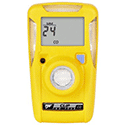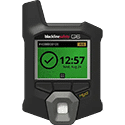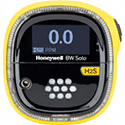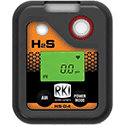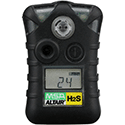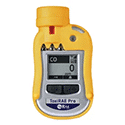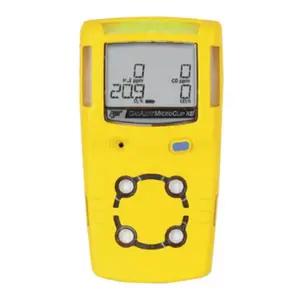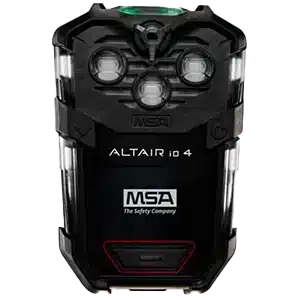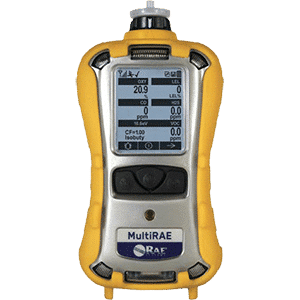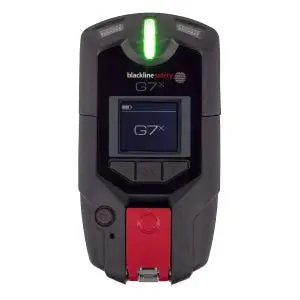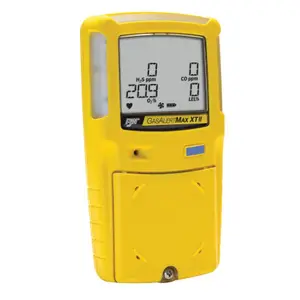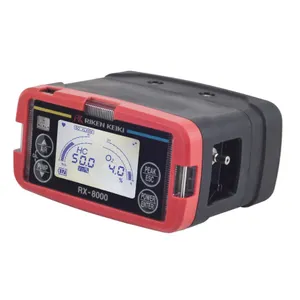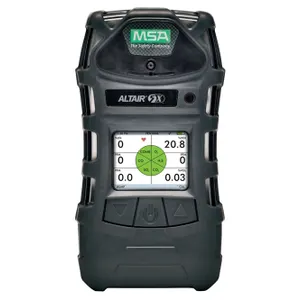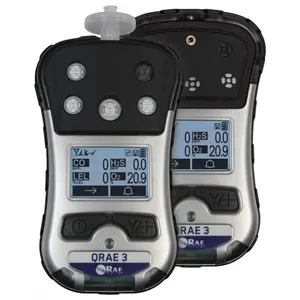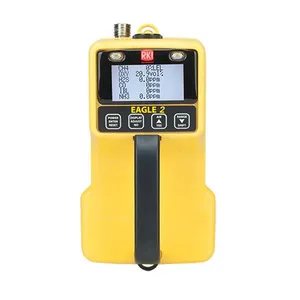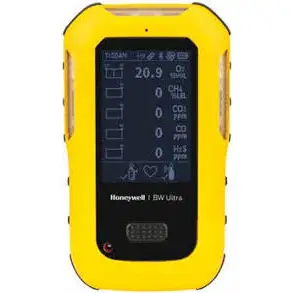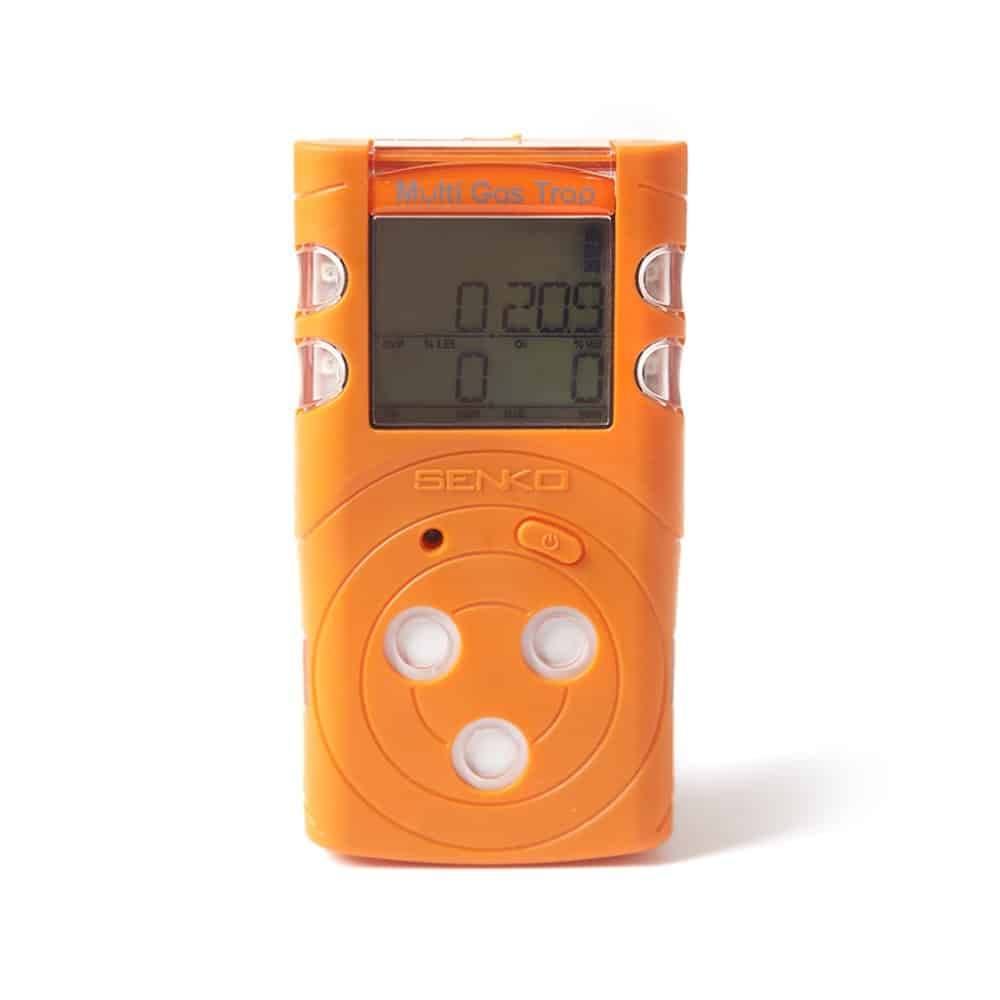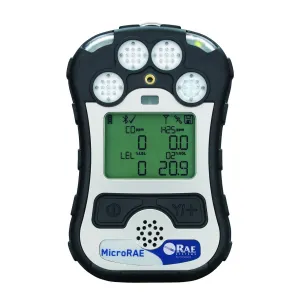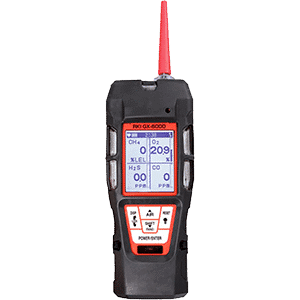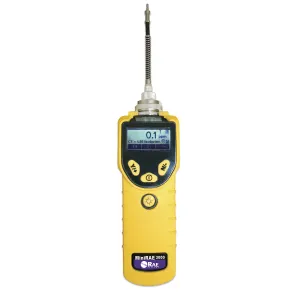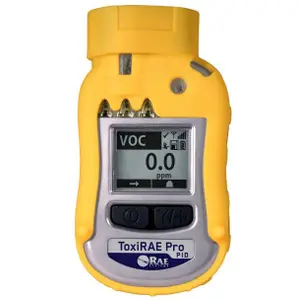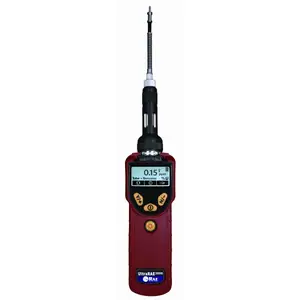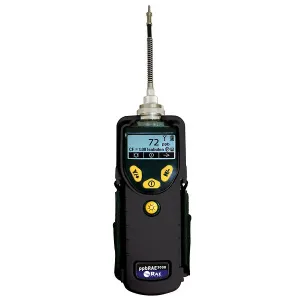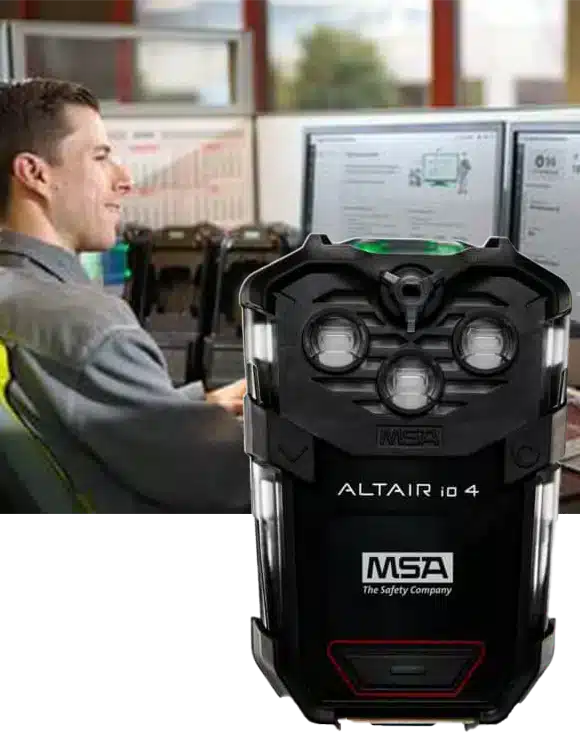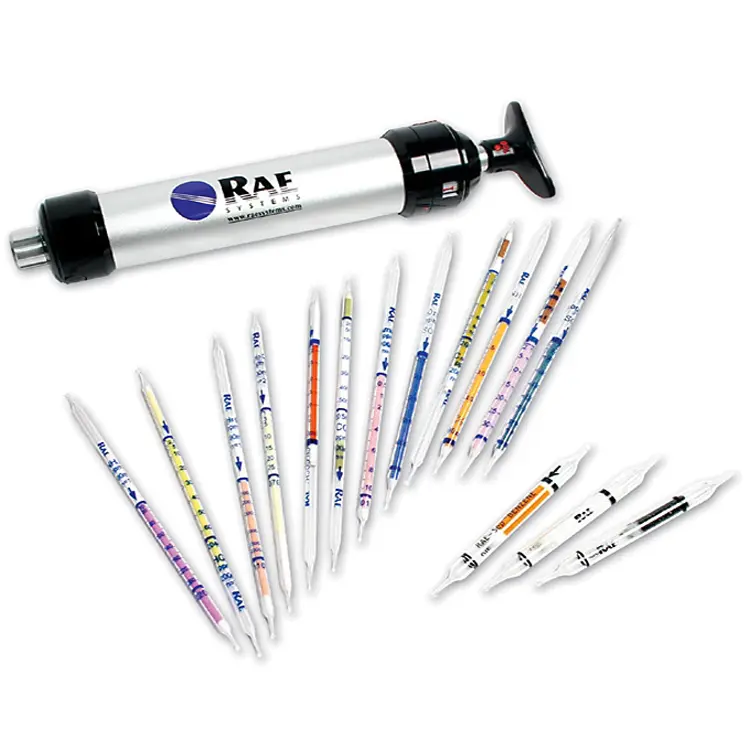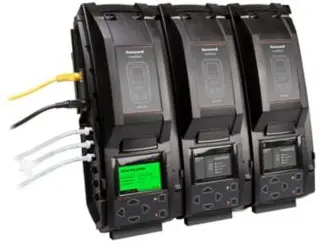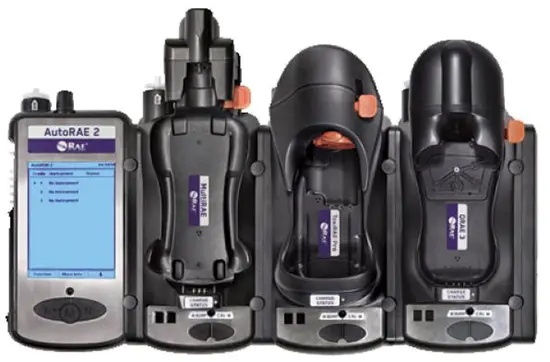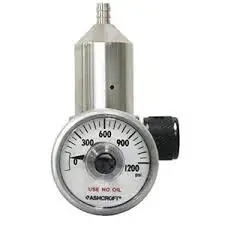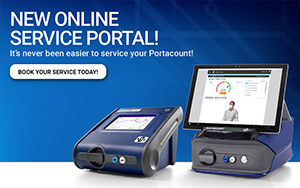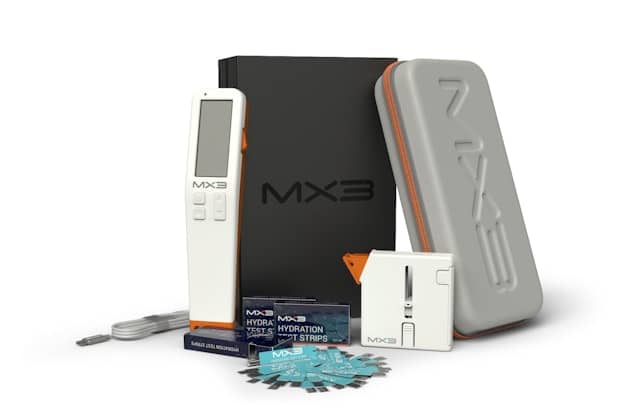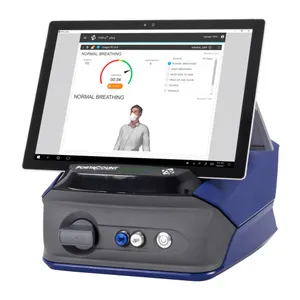Calibration Gas
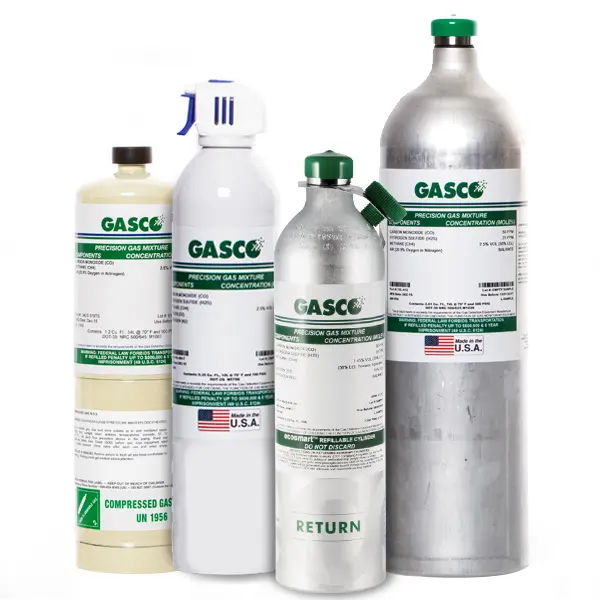
Single & Multi
Calibration Gas
As experts in gas detection Concept Controls seeks to provide our customers with all the gas mixtures required for various workplaces. Available gases include argon, pentane (C5H12), methane, hydrogen, and many more. As well each of these gases is available in a variety of concentrations depending on the use. Concept Controls also carries a range of multi-gas calibration kits. These kits can test multi-gas monitors without needing several different gas canisters. These multi-gas kits will allows our customers to test all the sensors built into various multi-gas detector as well as the device’s alarms. The kits will also test the monitor’s ability to detect LEL. Finally, even when the gas monitors are all calibrated sutomers are required to know they work. With Concept Controls bump gases, customers be able to conduct tests. A successful test will trigger the alarms on the device when exposed to gas.
Buying and using a gas detection device will only keep a worker safe if the equipment remains accurate. If the gas detector’s readings are off, workers could find themselves in a hazardous environment without realizing it. Bump testing and calibrating workers devices regularly is an important part of ensuring the safety of your workers.
Since many toxic gases are fatal at very small concentrations (measured in parts per million), an incorrect gas detector reading can mean the difference between life and death. Unfortunately, a bump test will only tell you whether the monitor is responding to the presence of gas; it will not tell if the device is returning accurate readings. For that, a worker needs to perform a calibration. Calibration involves exposing a known concentration of gas to the sensors and then comparing it against the reading on the gas monitor. This can be done manually or by using a calibration station.

Bump Testing
A bump test is a functional device test. The gas detector’s sensors are exposed to a concentration of test gas and the user then evaluates how the monitor responds to it. If the test gas triggers the alarm, the monitor passes the bump test and can continue to be used. If it fails, the device will need to be calibrated. Bump tests should be performed on a daily basis on both serviceable and single-use units, and each test should be logged.
One Stop Shop for Your Needs
Get Calibrated
Make sure your devices are properly calibrated.
Book a Service
Ensure your device is in good working order.
Rent Today!
Need a device on short or long term?.
